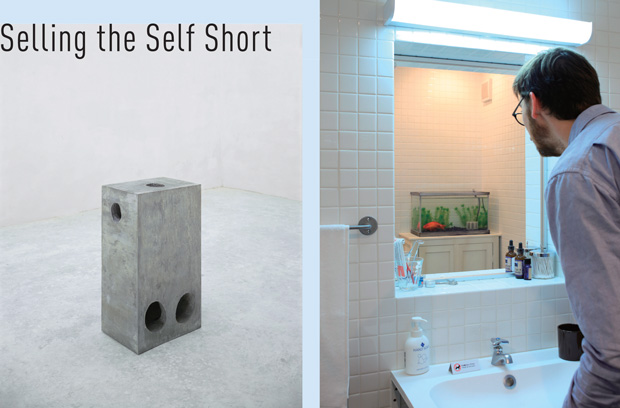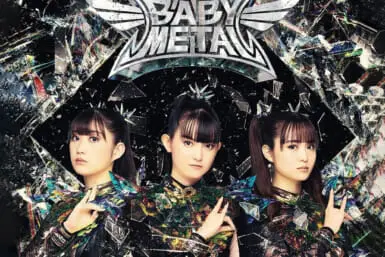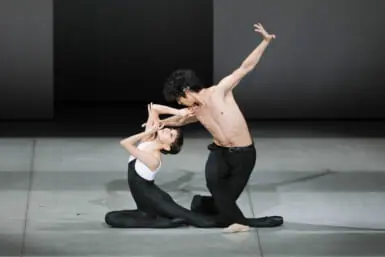by Owen Schaefer
One thing I enjoy in an exhibition is a solidly explored concept; a show that works like an essay, laying out its thesis, arguments and conclusion. Occasionally, however, one runs across a show which, in the name of its ‘theme,’ attempts to hammer a universe of ideas into too small a mold.
And 21_21 Design Sight’s latest show, The Definition of Self, is wielding exactly that kind of hammer. The Definition of Self is a highly interactive show, and one that may push your personal privacy envelope, since the first thing you are asked to do is give your name, weight and height to the gallery for use in several of the interactive works to follow. These bits of data will follow you, popping up in connection with your identity in some places, or in comparison with other people. But don’t worry; participation in the info-gathering is entirely voluntary.
Once measured and identified, viewers proceed downstairs, where they are promptly fingerprinted at Masahiko Sato and Takashi Kiriyama’s Pool of Fingerprints, then processed through a series of gates called The Nominal Divide, which classify audience members by categories of male/female, over/under 30, and, to be cute, smiling/blank. Here you are allowed to chose your gate, but a computer algorithm working from a camera above you has the final say, and may send you through the opposite gate whether you like it or not.
The designer behind all this is Masahiko Sato, and many of the works are collaborations between himself and various others artists and designers, with a few nicely chosen works from artists such as Antony Gormley and Tomoko Yoneda. But Sato also insists on basing the exhibition around the word zokusei―which translates as ‘attributes.’ And this is where the show gets repetitive, because descriptions of the works use the word ‘attributes’ over and over, just to make sure you get the point. And you will. Over and over.
The Definition of Self will not be the first exhibition to suffer from cloying explanatory placards, of course, but what makes this fault more annoying than usual is the fact that Definition is otherwise quite good. It touches on data collection, self-image, privacy, and the gaze of others; and it’s a coherent exhibition with plenty of potential. It only stumbles in its attempt to distill all of its complex ideas down to its single so-called keyword. It’s a bit like taking a guided tour of a museum, during which the guide only talks about the architecture.
But there is plenty more to see here. The show begins by breaking down notions of identity, adding participants’ details to the pool of information from other visitors, then establishes methods of identification you may never have considered (the measurement of your contours, your heartbeat, your cornea), and finally examines your identity as a thing viewed by others. In Peeping Hole, for example, you peer at a beach scene through a peephole, while a device tracks your eye movements and projects the exact spot that you are looking at for everyone else to see, revealing something that would otherwise be private.
Sato could have encouraged more challenging questions simply by being a little less verbose―there are plenty of other readings there forathose who look. The slightly didactic feel of the show isn’t a failure of the works, but rather a failure to give the audience enough credit. But fittingly enough, the strengths of the show allow it to write its own definition by the end.
Show: The Definition of Self (to Nov 3)
Gallery: 21_21 Design Sight (Roppongi station)
Hours: 11am–8pm (closed Tue) Admission: ¥1,000
Tel: 03-3475-2121 www.2121designsight.jp









